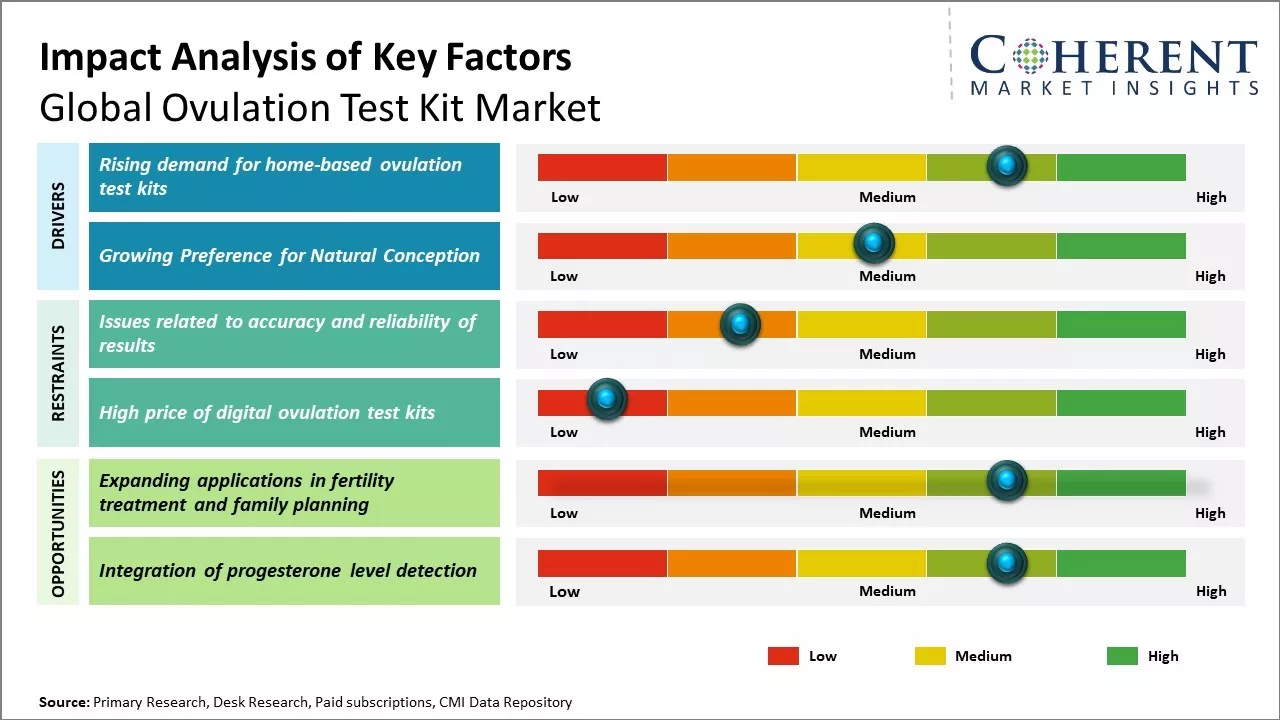Global ovulation test kit market is estimated to be valued at USD 3.12 Bn in 2025 and is expected to reach USD 4.91 Bn by 2032, exhibiting a compound annual growth rate (CAGR) of 6.7% from 2025 to 2032.

To learn more about this report, Request sample copy
Fertility treatment and family planning have gained immense popularity worldwide, thus, boosting adoption of ovulation test kits. Consumers are increasingly opting for ovulation test kits to effectively plan pregnancies and monitor fertility cycles. Rising women empowerment and financial independence has prompted women to take well-informed healthcare decisions, boosting sales of ovulation test kits. Various technological advancements in ovulation test kits such as smartphone apps have made tracking fertility cycles more convenient. Leading manufacturers are engaged in new product launches with improved accuracy and portability to cater to changing consumer needs. However, factors such as social stigma surrounding fertility screening in some countries and easy availability of alternative fertility monitoring options can hamper the market growth.
Rising demand for home-based ovulation test kits
Rising demand for home-based ovulation test kits can drive the market growth. With changing lifestyles and work patterns, women now prefer the convenience of using home kits rather than visiting clinics or labs for ovulation testing. Home kits allow women to test for their fertile window privately and as per their schedule without taking time out from their busy routines. Delayed childbearing is now a growing trend in many developed nations. As women try to conceive at an older age, these are more reliant on ovulation tests to accurately identify their fertile window and maximize their chances of conception each month. Advanced digital home test kits that are easy to use and provide clear results have furthered this shift. These allow women to closely monitor their fertility without difficulties. The COVID-19 pandemic has also played a role by restricting non-essential visits to clinics and labs. This prompted many to switch to self-testing using home kits. Moreover, rising awareness about natural birth control methods like fertility awareness-based methods (FABMs) has boosted uptake of ovulation test kits. Such methods require periodic checking of cervical fluids and luteinizing hormone (LH) levels using test strips to determine the fertile window.
Joining thousands of companies around the world committed to making the Excellent Business Solutions.
View All Our Clients